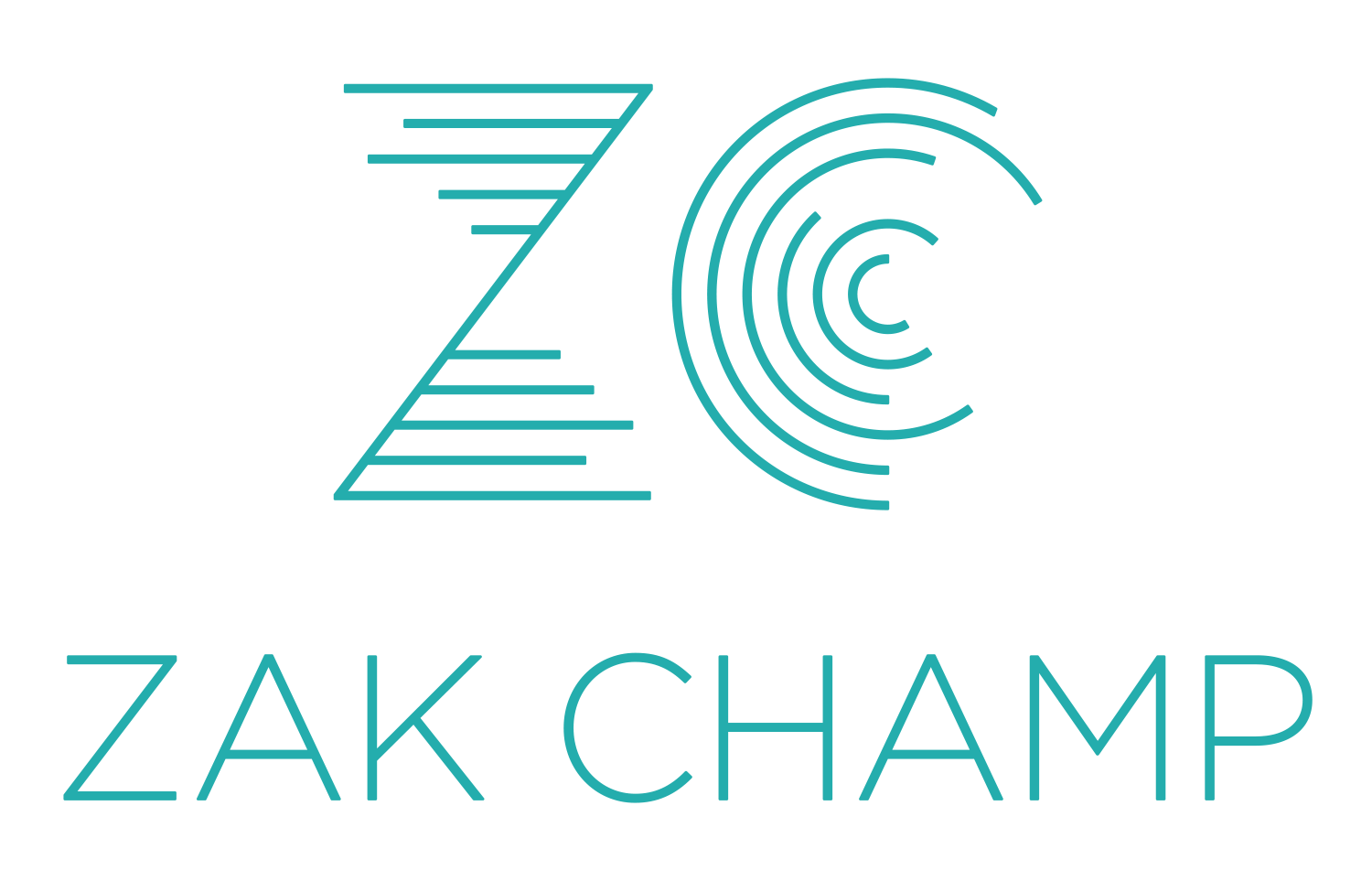Three Days In…
So far, this has been overwhelming, a little messy, but also so good.
My kiddos, their parents, my family, and I are all making sense of our new normal, and have actually really enjoyed the beginning of this distance/virtual/online learning. (Side note: we should agree on a term). I’ve received great feedback on what my team and I have put together for our youngest learners. And, from my perspective, it’s only getting better.
Two things have come to the forefront as I consider how to navigate this new normal each day. First, kids still need to hear from each other about their mathematical ideas. Second, relationship building still matters, and maybe now more than ever.
How can students hear more from each other?
I am actively working to make my math videos more interactive (See last week’s post for my full plan). On Friday, during my 15-minute one-on-ones with students, I posed the following problem:
There was a fishbowl that could hold 16 fish in the bowl. There were already 9 fish in the bowl. How many more fish could fit in the bowl. (Adapted from Table Talk Math—you all should be checking them out if you don’t already know):
During our synchronous conversations, I was able to record some conversations as we discussed the problem, and also I asked some students (with some assistance from someone in their home) to send me videos of themselves solving the problem.
I selected this problem because it can be used to highlight the connection between addition and subtraction. In their video submissions, I observed many students who used a “counting on to” strategy to solve this problem, and a few who used subtraction (both take away and compare) to determine the solution. One student who sent in a video said this.
“What I did was I put nine fish in the fishbowl and then I counted up until 16. And I counted those ones and 1, 2, 3, 4, 5, 6, 7 and that was how I got my answer.
Here’s her work:
In an effort to continue to allow students access to their classmates’ work and ideas, I included the video she sent me of herself explaining her solution as part of my next day’s math video as a way for students to hear from her and to remind them of the variety of strategies they can use to solve problems. So instead of students listening to me interpret their classmates’ work, they got to see and hear her!
And I love that her classmates got to see and hear her voice because I miss that, and I’m guessing that they do too.
How can I continue to build relationships?
In the midst of this incredible mathematical thinking, I am also noticing that the individual relationships I’m building with my students are unique and special in so many new ways. I’ve met their pets, their family members have been joining the meetings, they’ve met my pets, my family members, and our relationships are only becoming stronger because of this time.
As a way to intentionally build on these connections, I have decided to record morning meetings with a student (or group of students) the day prior so they can be shared in the next morning’s video. During my first attempt, my student and I went through the calendar and our morning message together and his younger sister even joined for part of the meeting (which is an accurate representation of what we are all experiencing!).
As we were wrapping up, I asked the student, “Do you have anything you’d like to say to your classmates?” The student paused and said, “We have fun moments together, and that’s good!”
It warmed my heart in so many ways to hear his words of what he wanted to communicate to his classmates. That through all this we can and should have fun moments and we should recognize the good.
I couldn’t have said it better myself.
That while we face newness and things seem a bit scary and unknown, we should stop and enjoy the fun moments. And seeing my kiddos and learning from and with them is a fun moment for me, and that is good.
At the outset of this transition to virtual learning, I questioned a lot of things, but I am continuing to learn how to make it all work. And here we are. Making it work and learning and building relationships. I have been welcomed into the homes of my students and they are in mine. I’m so grateful for this opportunity to work with my students in this way. It just reminds me of the need for individual personal connections with each student. We can and should be doing this in our face-to-face work. The virtual space is reminding me how important this is, and I believe that this is a true highlight of the work we’ve been charged with doing during these times.


